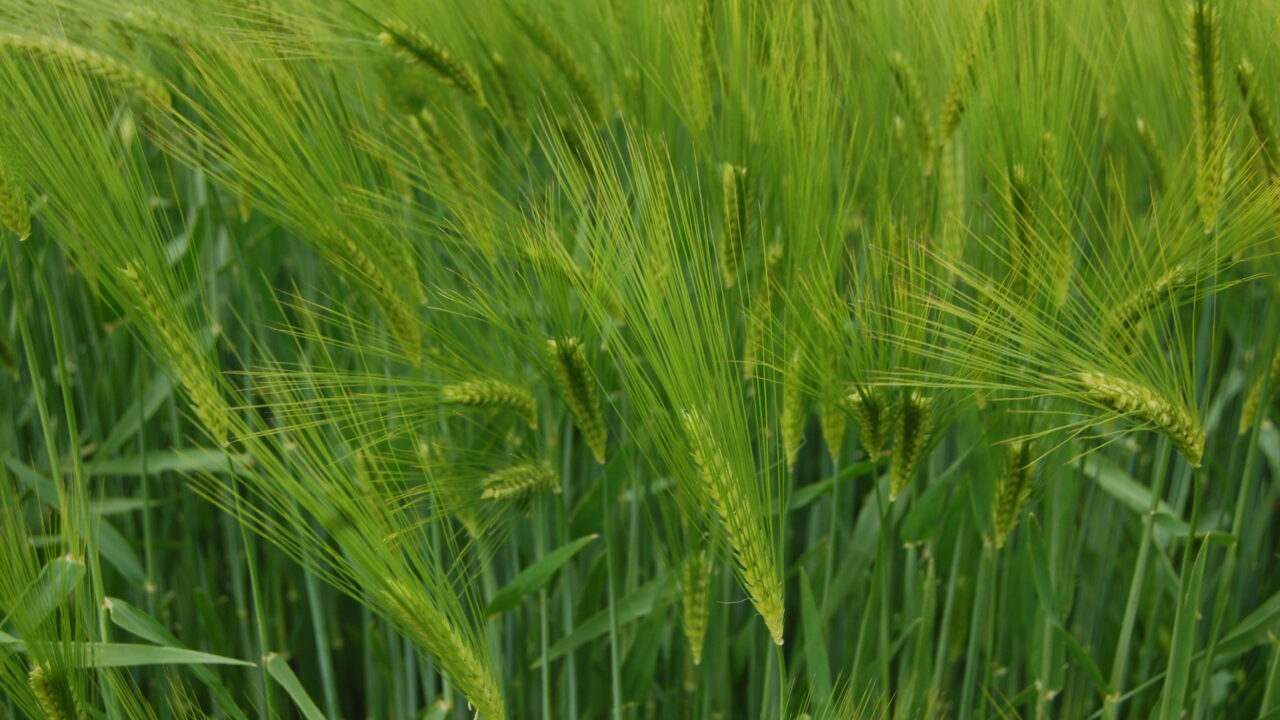All winter cereal crops have tillered well, according to the most recent Teagasc tillage updates.
Its advisors say that barley grew strongly over the autumn and may be quite advanced by late February.
Preliminary results from recent nitrogen (N) application research in barley show that, in the past two seasons, there was no advantage or disadvantage to applying N earlier than the traditional timing of early to mid-March, it says.
But, the tillage-related research did show that applying a higher proportion of N in the first split gave reduced yields, largely due to reduced recovery of the fertiliser by the crop.
As a consequence, Teagasc advisors are advocating that not more than approximately 30% of the total amount of N should be applied in the first split.
However, for very advanced crops that have reached GS 30 by late February, it may be prudent to apply N as soon as growth resumes to avoid N deficiency. Again, the amount applied should not be excessive to avoid increasing the risk of lodging.
Teagasc advisors are also confirming that Oilseed rape (OSR) crops have come through the winter well with very few reports of excessive pigeon grazing. Light leaf spot (LLS) was the most prominent disease in oilseed rape in 2014.
Crops were stunted in many cases due to early infection (January/February). Recent samples from Oak Park indicate an increase in disease levels. As a consequence growers should check all OSR crops immediately, Teagasc says.
This can be done by collecting 30 to 40 leaves through the crop and placing in a plastic bag at 10-15 ºC for four to five days, Teagasc says and encourages sporulation so the disease can be seen on the plant. The threshold for spraying is when greater than 15% of plant numbers have symptoms.
Many OSR crops have big canopies with a Green Area Index (GAI) of up to three. Growers are advised to assess canopy size using a GAI tool on a smartphone in mid- February. First N application should be delayed to canopies that are greater than 1.0 until March.
